
Barcelona dedicates an exhibition to Martín Chambi, the Peruvian photographer who immortalized the Andes.
Martín Chambi photographed Machu Picchu and the Peruvian Andes for years, becoming an emblem of Latin American documentary photography of the 20th century
If you are planning to travel to Barcelona during Easter, don't forget to take a stroll through the Born, the old fishermen's neighborhood, today, converted into one of the most emblematic places in the city, and pay a visit to the Foto Colectania Foundation.
From April 1 to June 12, the renowned center of contemporary photography in Barcelona presents the exhibition Martín Chambi and his contemporaries. The Andes photographed, an exhibition dedicated to the work of this Peruvian photographer who marked a turning point in Latin American photography in the first half of the 20th century.
Of Indigenous origin, Chambi photographed the Peruvian Andes for years, vindicating the pre-Hispanic past through images of Inca ruins and portraits of the life of Andean communities in the early 20th century. In this way, Chambi incorporated a new perspective to the local photography of the time, proposing a unifying view of Peru and shedding light on the Indigenous discourses beginning to gain strength in the territory.
The discovery of Machu Picchu in 1911 — by the American Hiram Bingham — resonated at all levels in science and medicine. This occurred thanks to sponsorship from Yale University and the National Geographic Society with The National Geographic Magazine, explain the curators of the exhibition. In 1913, the publication dedicated an entire issue to Machu Picchu with more than 240 photographs. In the years that followed, Machu Picchu was noted as an attractive but high-risk destination because of the cliffs, the jungle, wild animals and lack of safe roads.
Martín Chambi took the risk and made his first trip there in 1924 with a small party. While Bingham and his photographers recorded the site for archaeological purposes, it was Chambi who did it from an aesthetic point of view.
RELATED CONTENT
In 1928, a group of Cusqueños — anthropologists, archaeologists, painters, poets, writers, historians, Indigenous people, journalists and photographers — arrived at Machu Picchu after overcoming some difficulties and lit a bonfire at the top of the Huayna Picchu mountain as a symbol of local appropriation of one of the wonders of world archeology. Machu Picchu was the perfect proof to argue the existence of an ancient civilization — alien to the West — with human beings who were able to organize themselves and build monumental constructions.
Chambi was part of the expedition and the fruit of his work left eloquent panoramic views and details of the spaces of the enclosure without human presence. From this experience, his work enters a new stage where the handling of light, form, space and texture, added to a very particular way of framing, make him an emblem of contemporary and documentary photography in Peru and Latin America.

"I feel that I am representative of my race; my people speak through my photographs," said Chambi in response to those who still maintained that "Indians have no culture, that they are uncivilized, that they are intellectually and artistically inferior compared to whites and Europeans." He expressed his hope that in time "an impartial and objective attestation will examine this evidence."
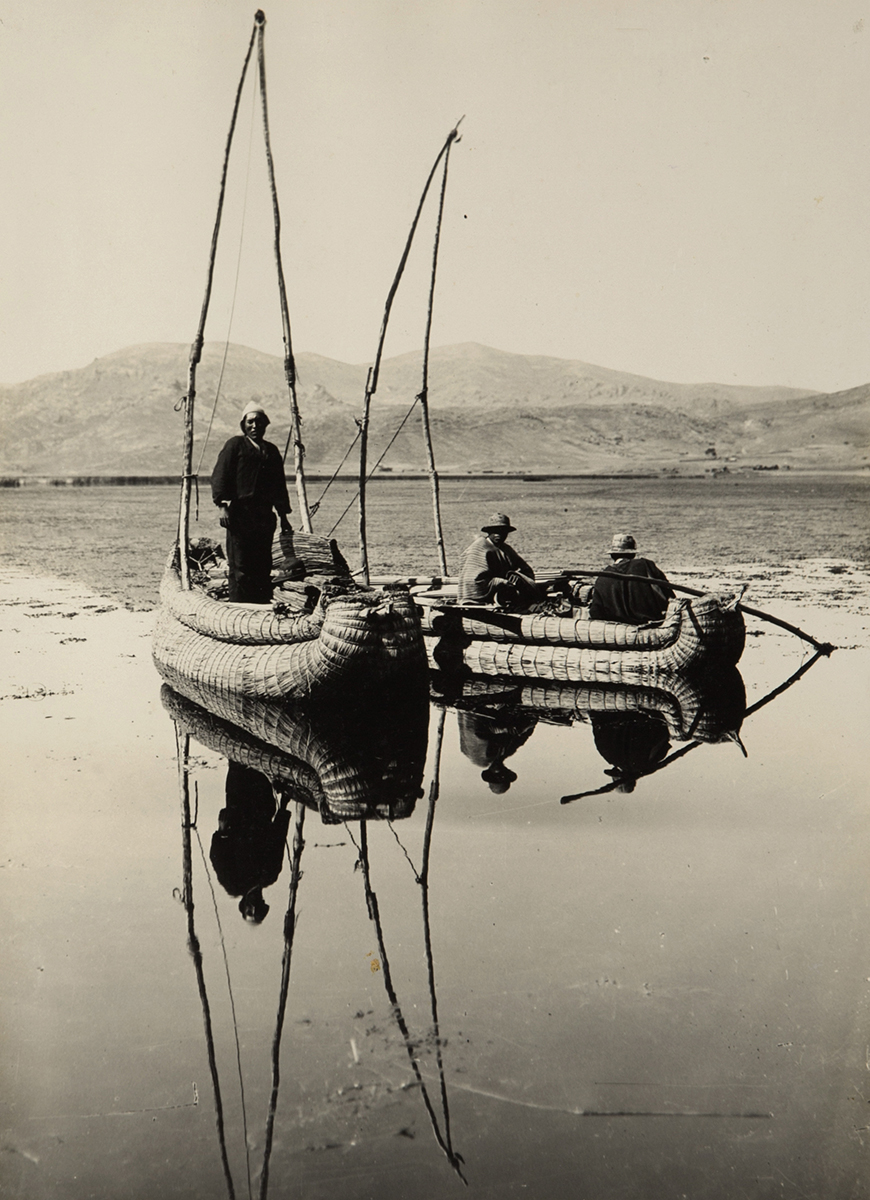
In the exhibition, Chambi's photographs dialogue with works by photographers Irving Penn, Eugene Harris, Werner Bischof, Robert Frank, Pierre Verger, Max T. Vargas, Luigi Gismondi and Manuel Mancilla, among others, who visited the southern Andean areas of Peru during the same period as Chambi. The confrontation of all these gazes expands the construction of the collective imaginary about the millenary Andean culture of that time, while showing the important legacy that marked the photographic production of their predecessors.
The exhibition brings together more than 100 period photographs from the Jan Mulder Collection, the largest legacy of original photographs from Chambi's time.


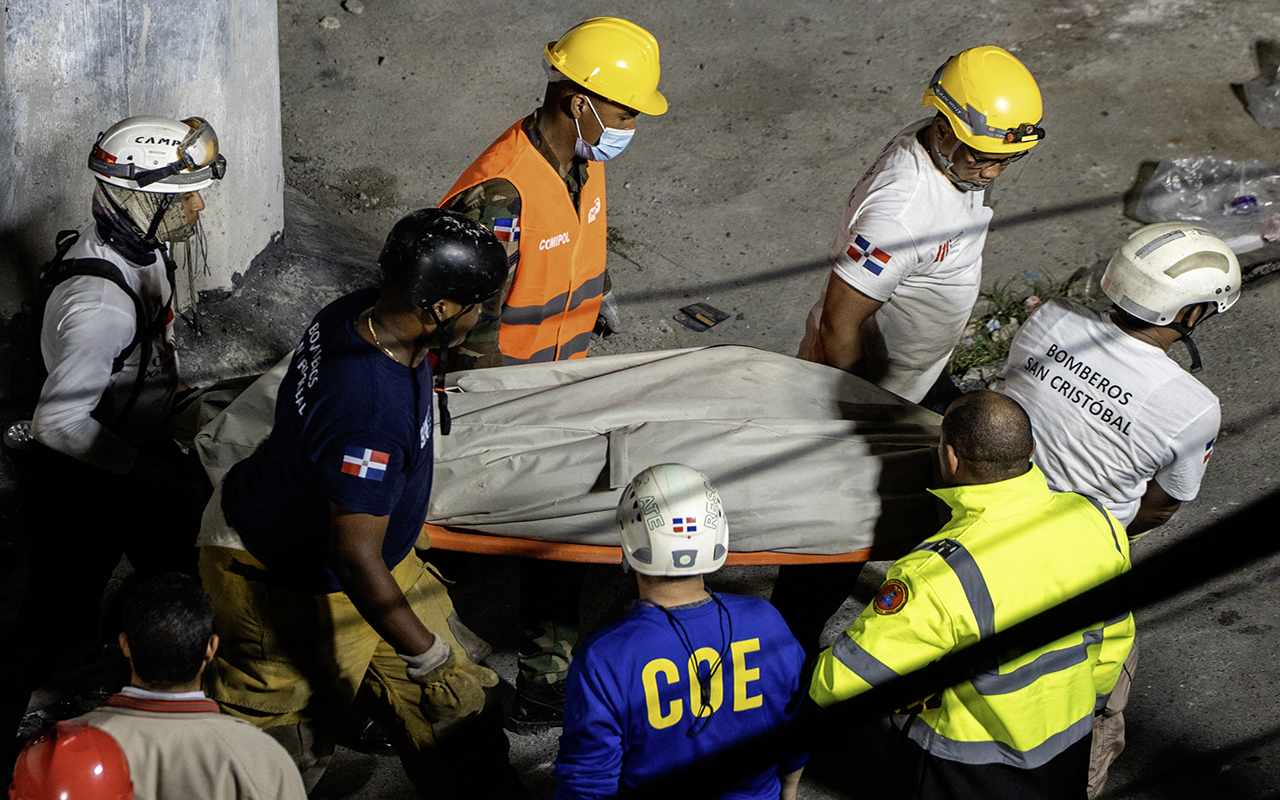

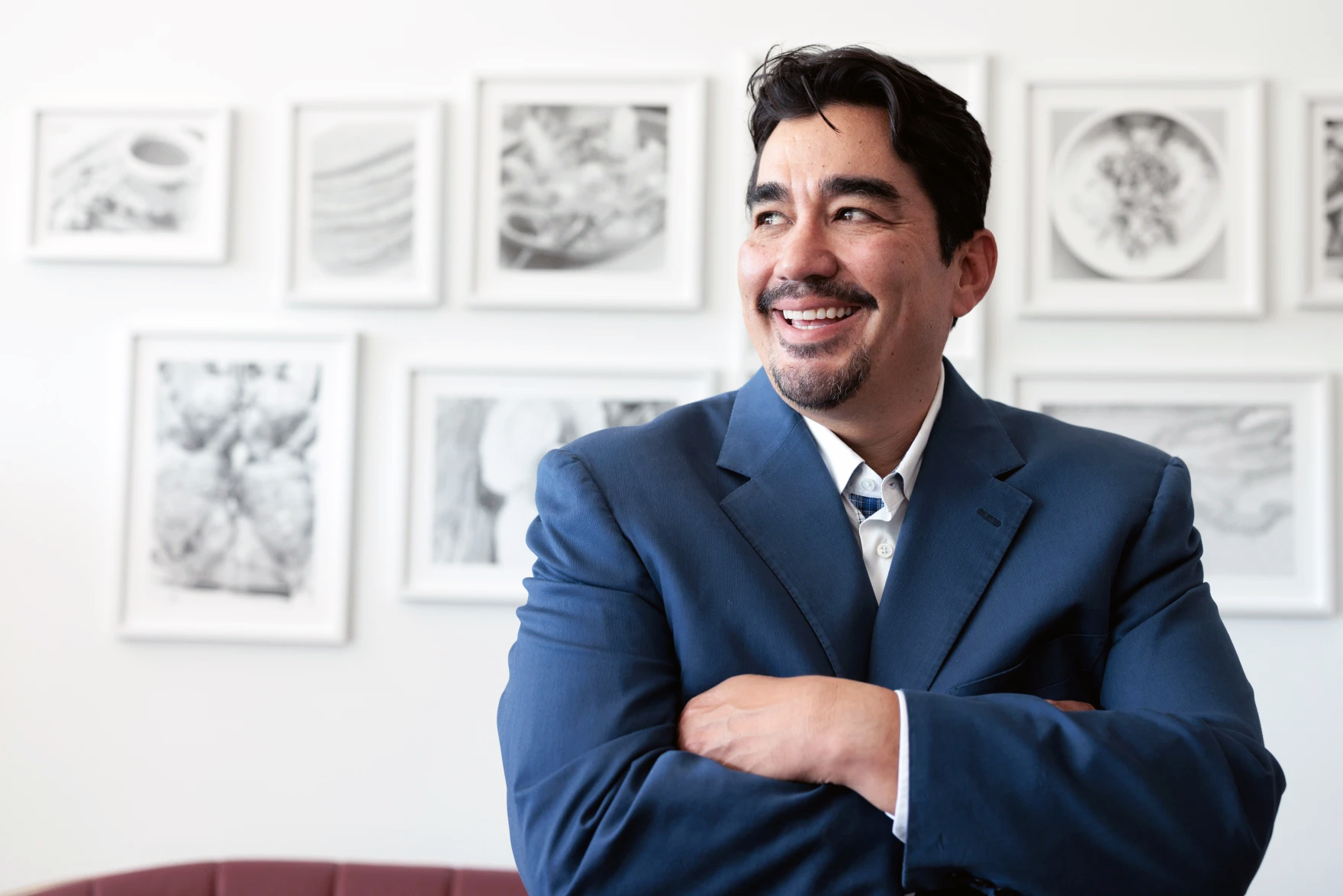
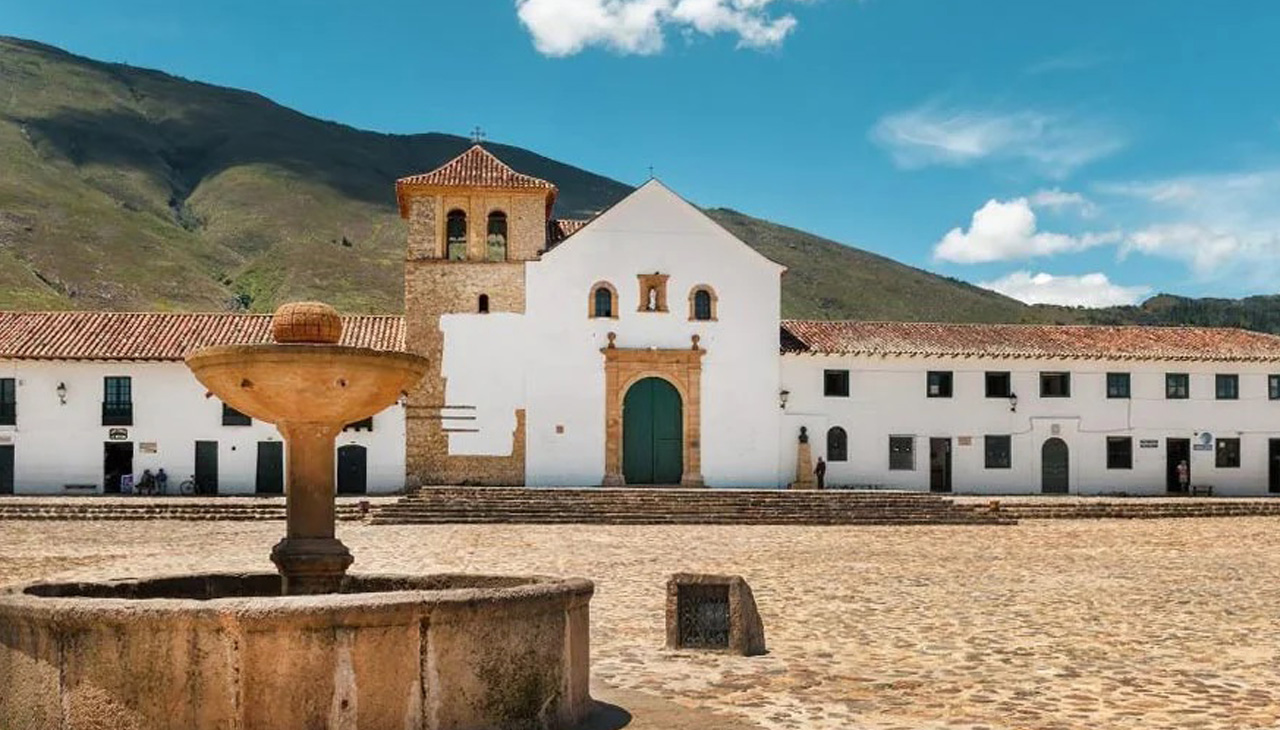


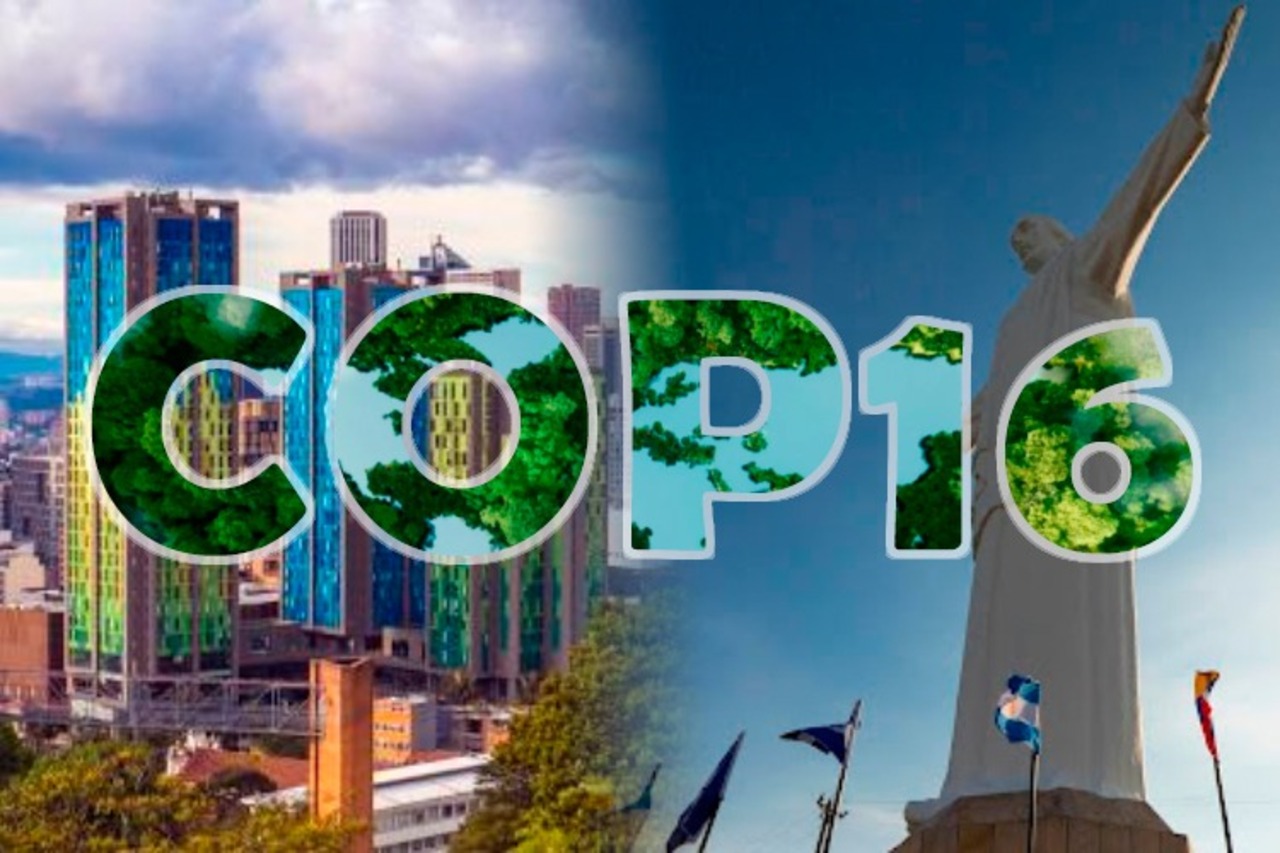


LEAVE A COMMENT: